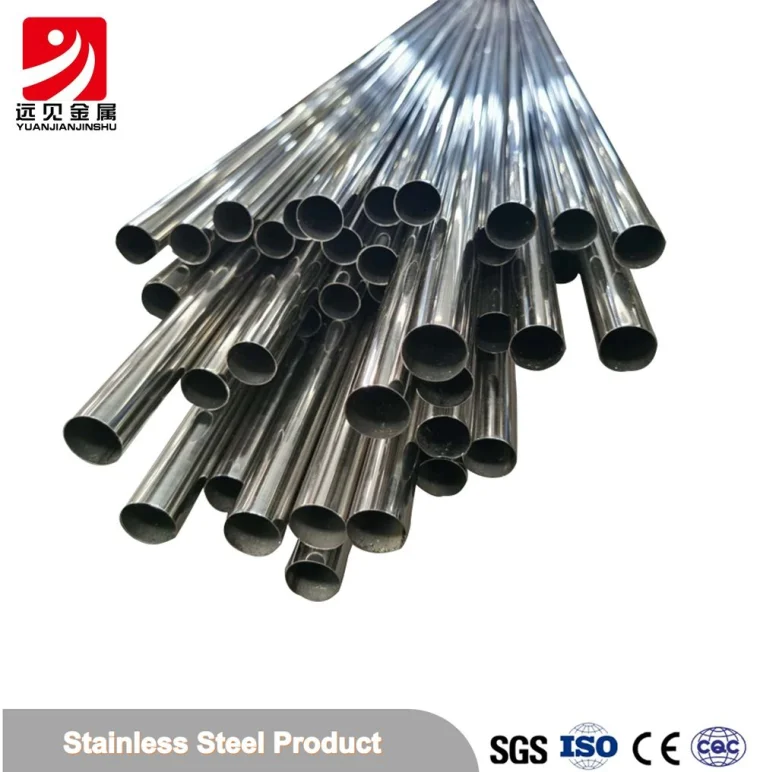Memory foam mattresses and pillows have gained immense popularity in recent years due to their ability to conform to the body's shape and provide pressure relief. However, despite their widespread use, many individuals find memory foam to be uncomfortable. In this blog post, we will delve into the reasons why memory foam can be uncomfortable and explore the scientific factors behind this phenomenon.
- Heat Retention:
One of the primary reasons why memory foam can be uncomfortable is its tendency to retain heat. Memory foam is made from a viscoelastic material that softens when it comes into contact with body heat. While this property allows the foam to contour to the body, it also traps heat, leading to an uncomfortable and excessively warm sleeping environment. This heat retention can disrupt sleep and cause discomfort, especially for those who naturally sleep hot. - Lack of Support:
Although memory foam is renowned for its ability to conform to the body's shape, it may not provide adequate support for certain individuals. The foam's viscoelastic nature allows it to sink and conform to pressure points, which can be beneficial for relieving pain. However, this sinking sensation can also lead to a lack of support, especially for individuals who require firmer support for proper spinal alignment. Consequently, some people may experience discomfort and even develop back or neck pain when using memory foam products. - Chemical Odor and Off-Gassing:
Memory foam is manufactured using various chemicals, such as polyurethane and flame retardants, which can emit a distinct odor. This chemical smell, often referred to as off-gassing, can be unpleasant and cause discomfort for sensitive individuals. While most memory foam products undergo a process to minimize off-gassing, some individuals may still find the residual odor to be bothersome, particularly in enclosed spaces. - Allergic Reactions:
Certain individuals may experience allergic reactions to memory foam due to the materials used in its production. Some memory foam products contain latex, which can trigger allergies in latex-sensitive individuals. Additionally, the accumulation of dust mites and other allergens within the foam over time can exacerbate allergies and cause discomfort for those with respiratory conditions. - Personal Preference and Adaptation Period:
Lastly, comfort is subjective, and what may be uncomfortable for one person may be perfectly suitable for another. Some individuals simply prefer a firmer or softer sleeping surface, and memory foam may not align with their personal preferences. Additionally, transitioning from a traditional mattress to memory foam can require an adaptation period, during which the body adjusts to the new sleeping surface. This adjustment period can initially cause discomfort until the body becomes accustomed to the unique feel of memory foam.
Conclusion:
While memory foam mattresses and pillows offer numerous benefits, including pressure relief and body contouring, they may not be suitable for everyone. Factors such as heat retention, lack of support, chemical odor, allergic reactions, and personal preference can contribute to the discomfort experienced by some individuals. It is essential to consider these factors and conduct thorough research before investing in a memory foam product to ensure a comfortable and restful sleep experience.




